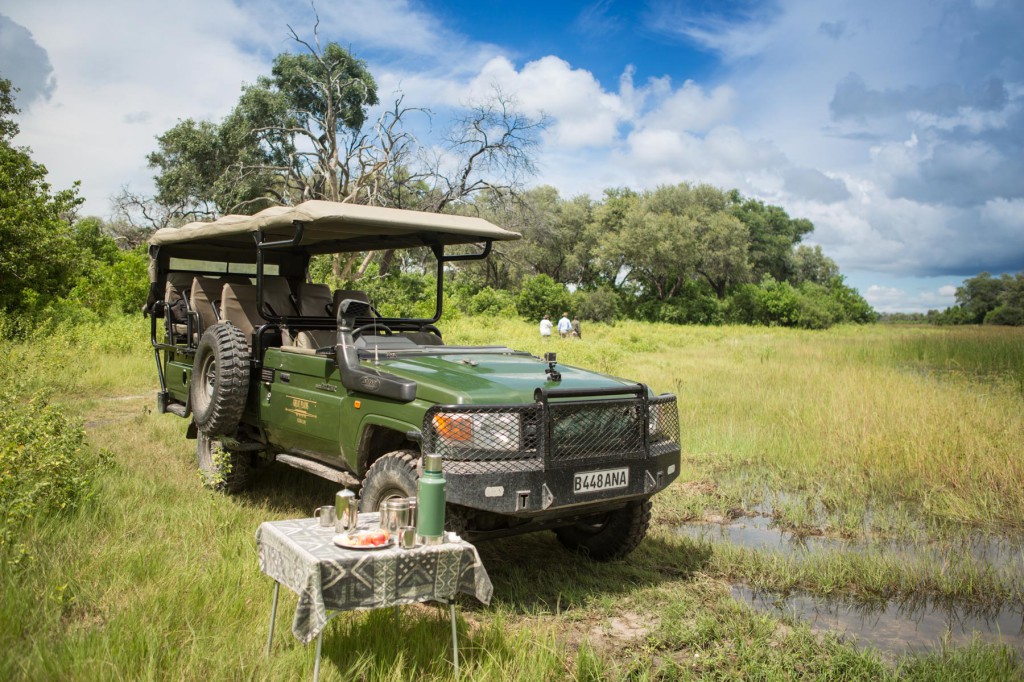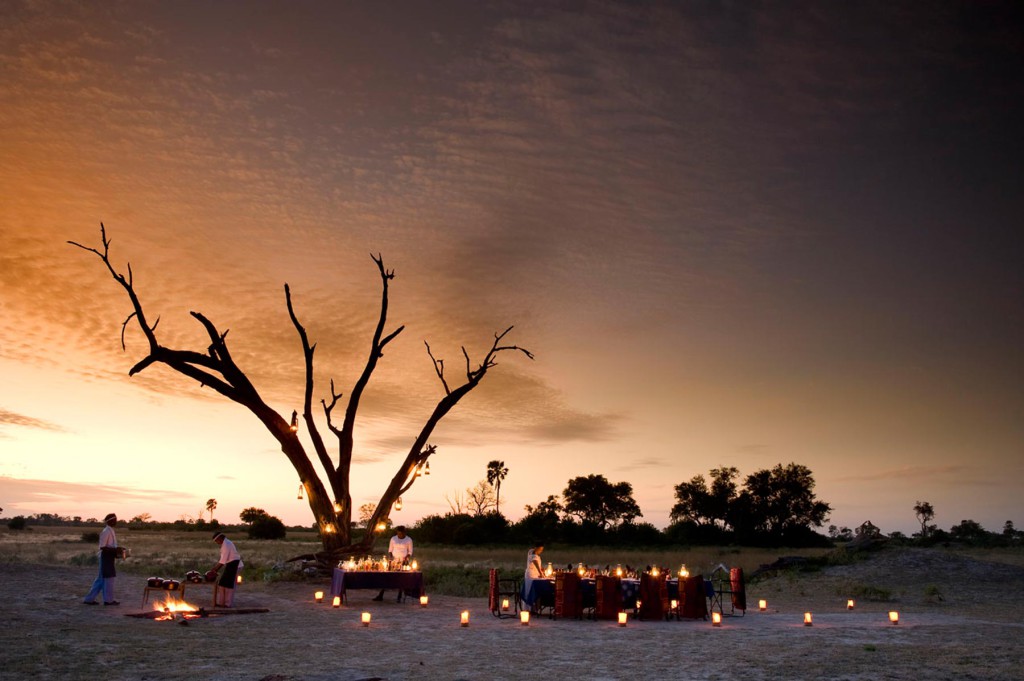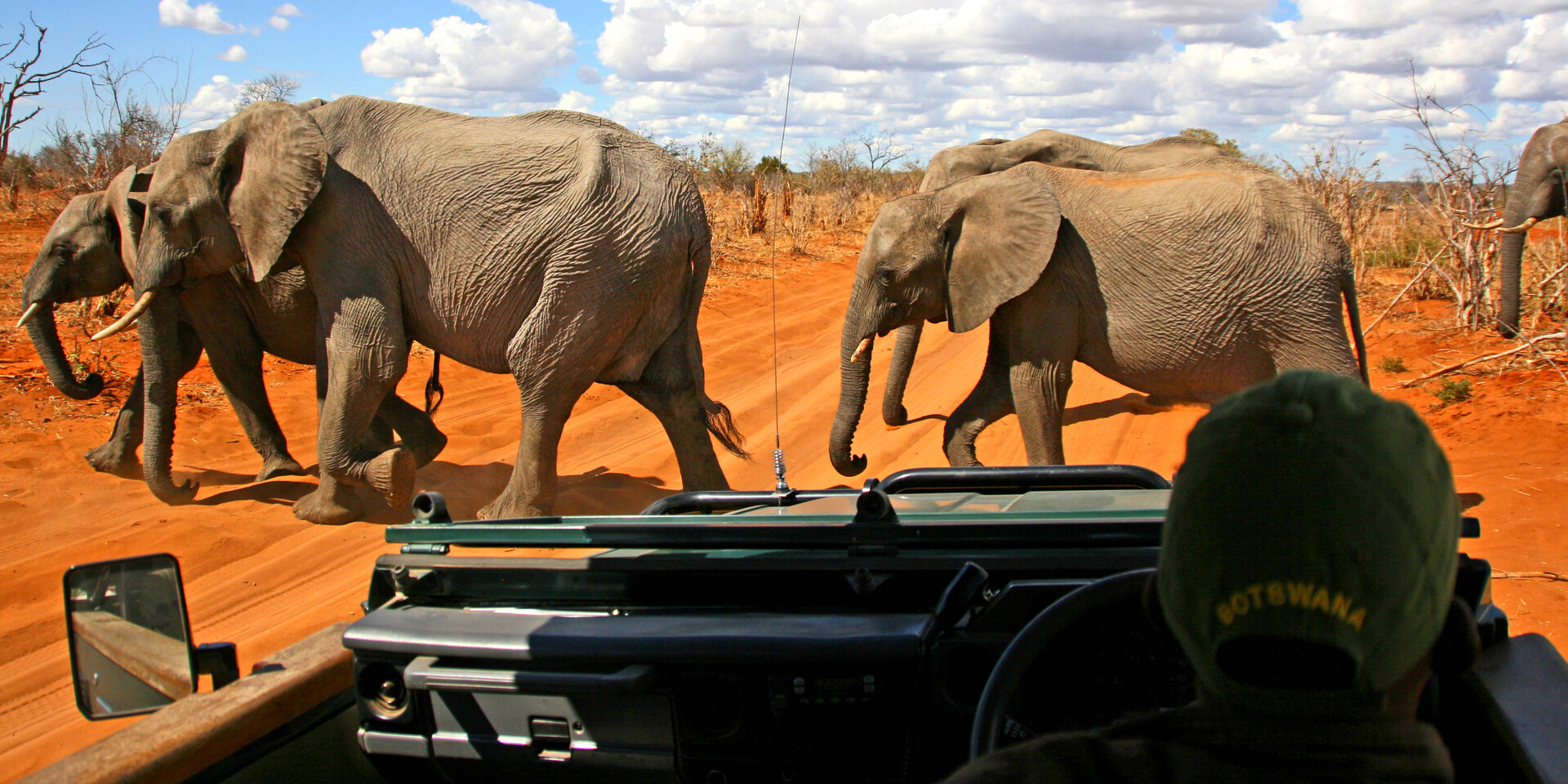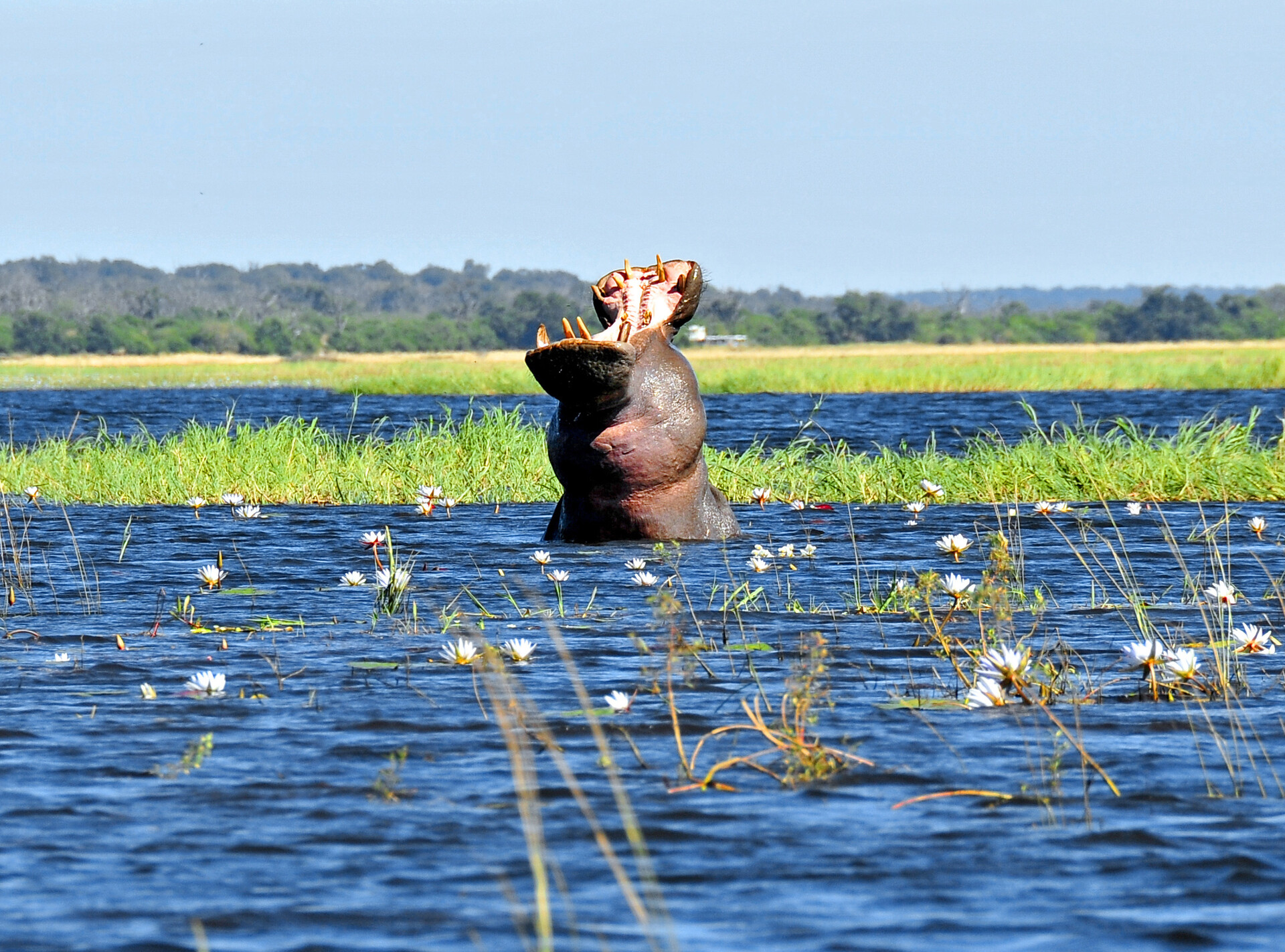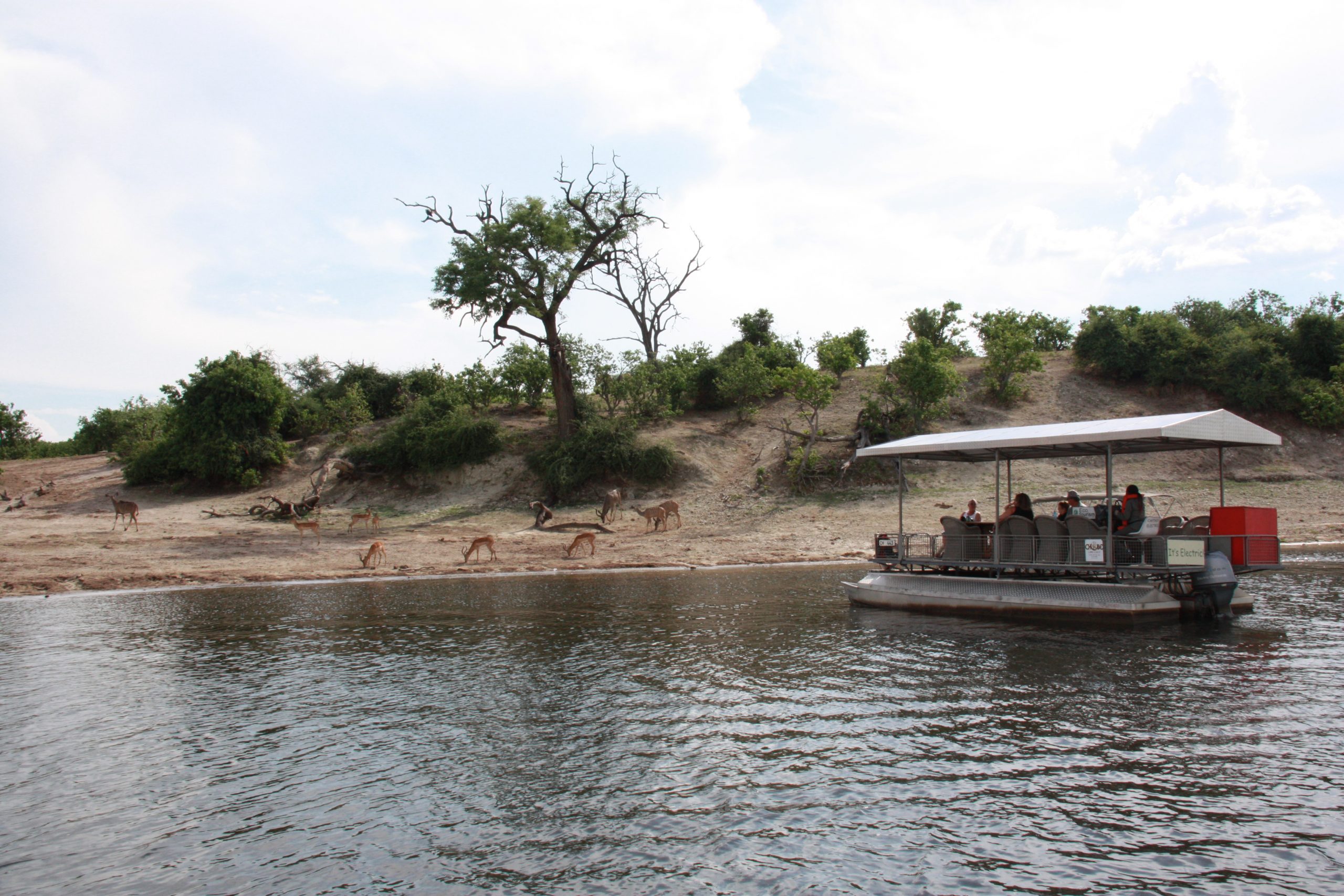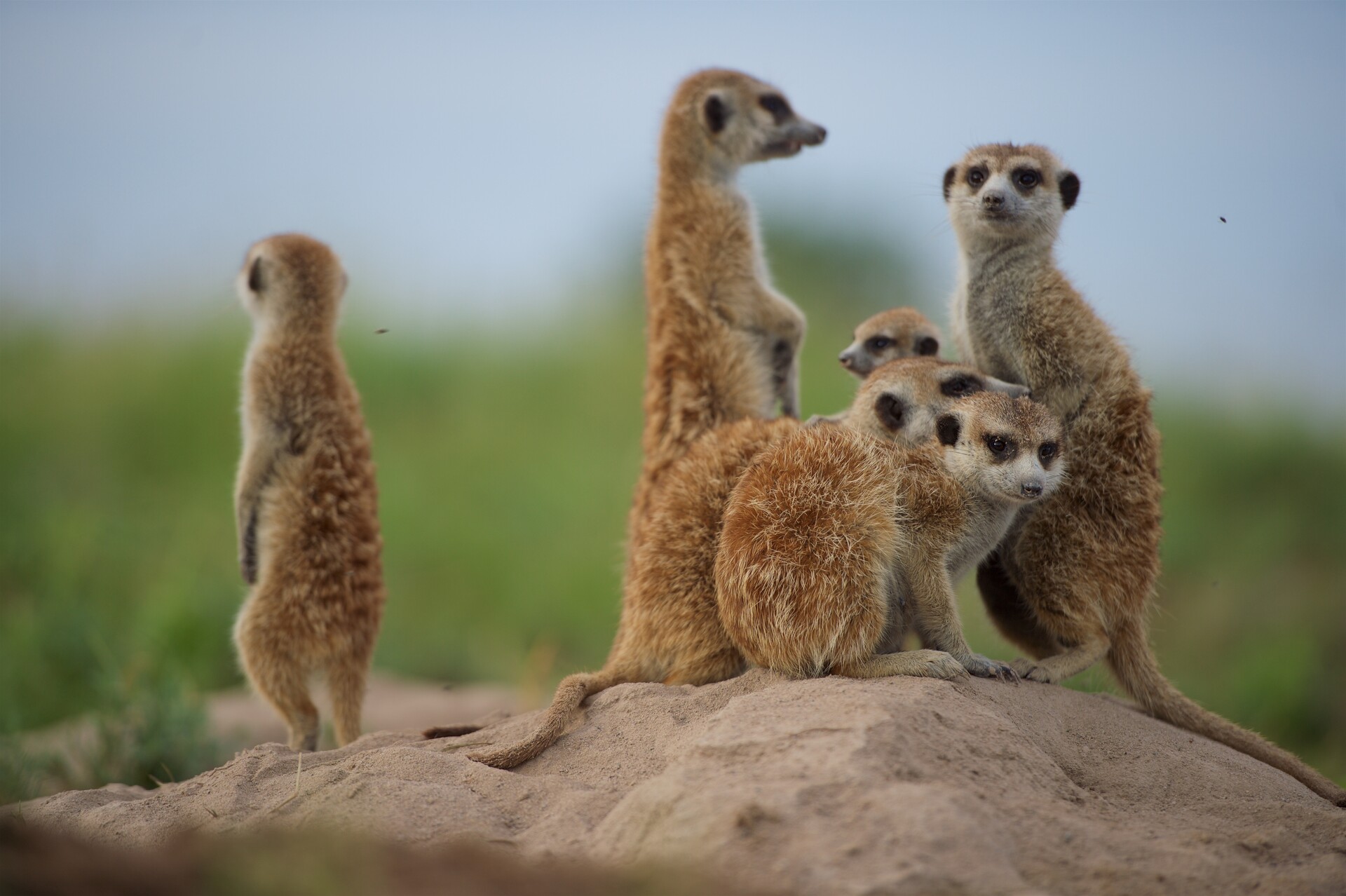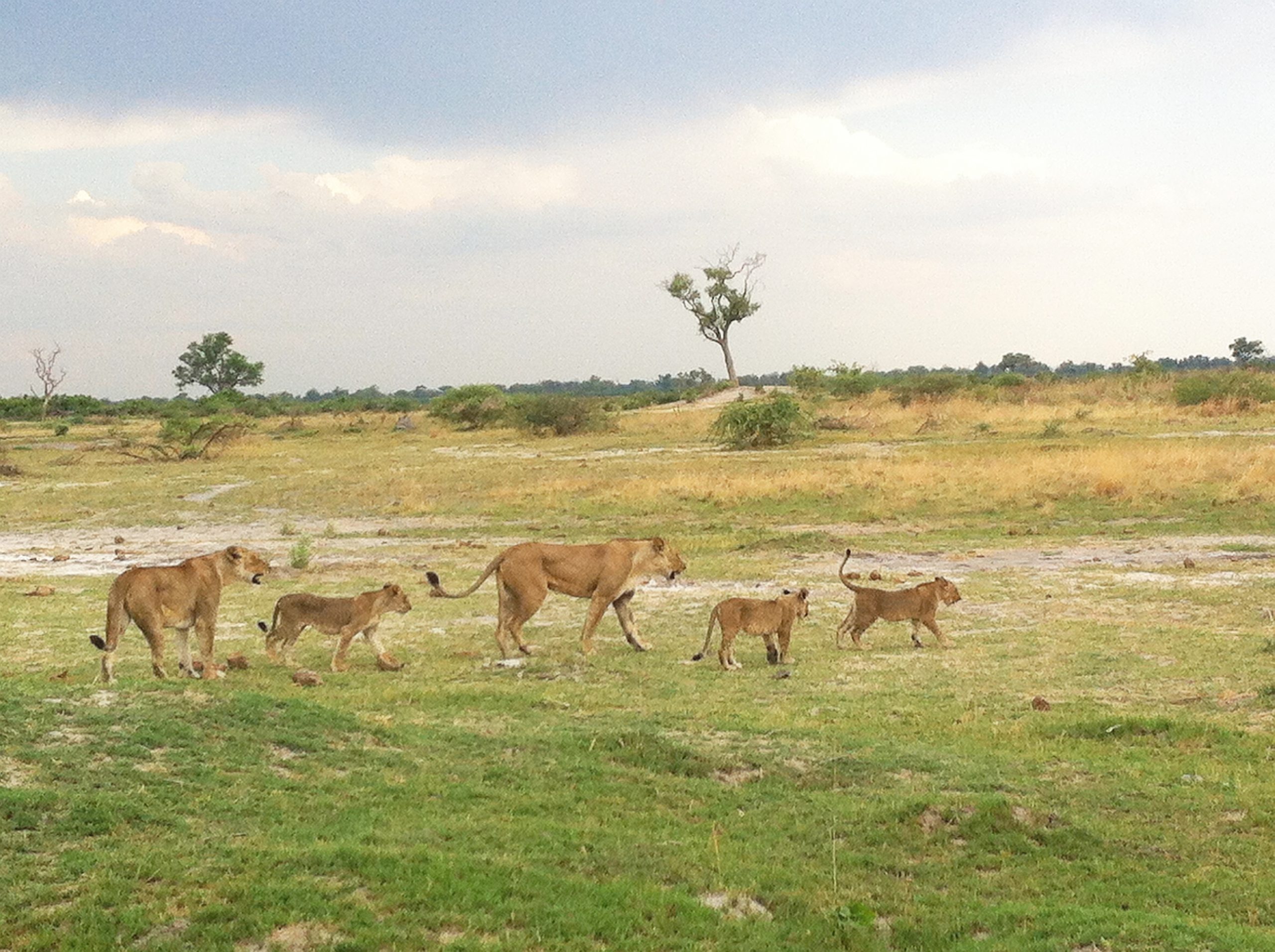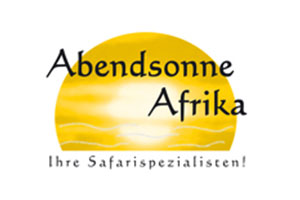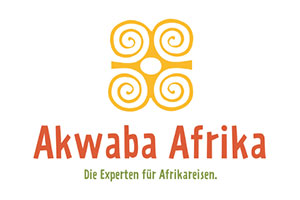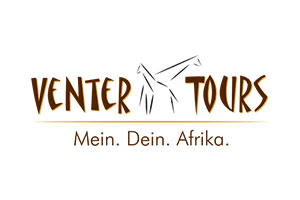Botswana
Travel tips for Botswana
Top 5 Experiences
Botswana is considered the paradigm of safari due to its high animal density. The wetlands of the Okavango offers a fascinating contrast to the Kalahari Desert. Highlights of the country include:
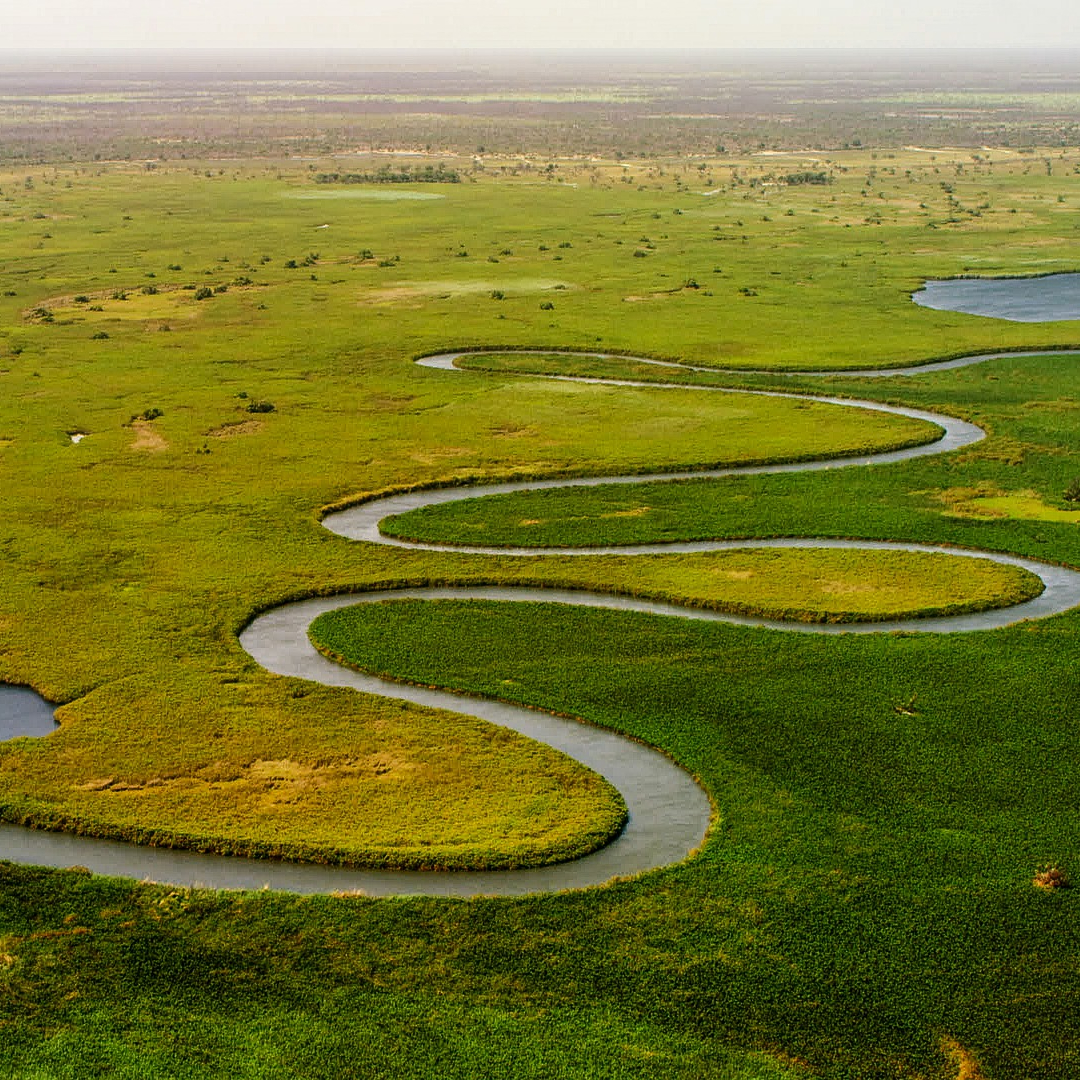
Okavango Delta
The world’s largest inland delta consists of a labyrinth of rivers, lagoons and lakes, providing a lifeline for one of Africa’s largest animal and plant worlds. Usually, the UNESCO World Heritage Site is explored by Moro, a traditional canoe. But you can also do a safari on foot.
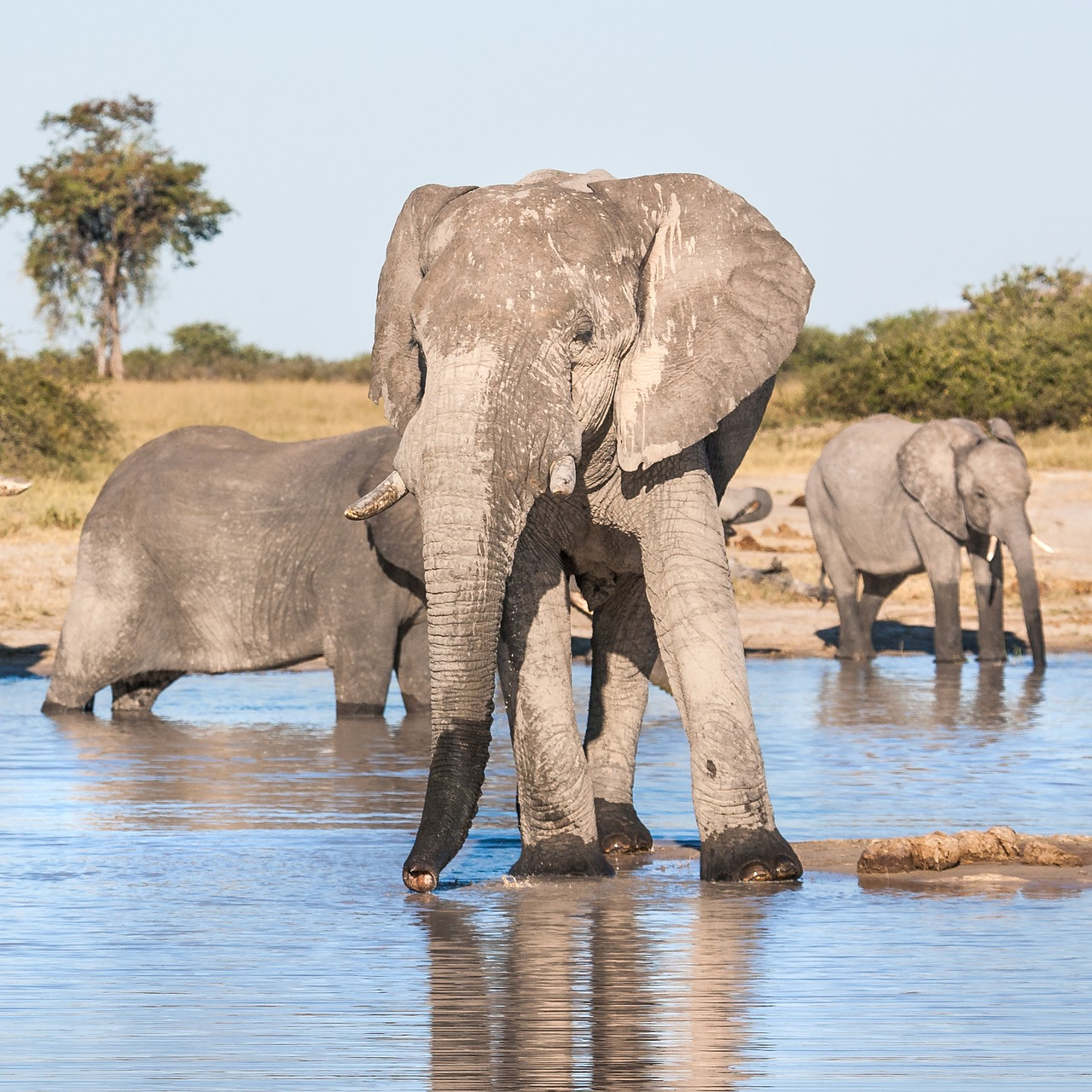
Chobe National Park
As the first national park in the country, it is home to the largest animal density in Africa. An encounter with one of the 100,000 elephants or buffaloes living here is therefore inevitable. The Big Five are joined by zebras, wild dogs, hyenas, giraffes, wildebeests, antelopes and many other animal species. Ornithologists also get their money’s worth due to the diverse bird life.
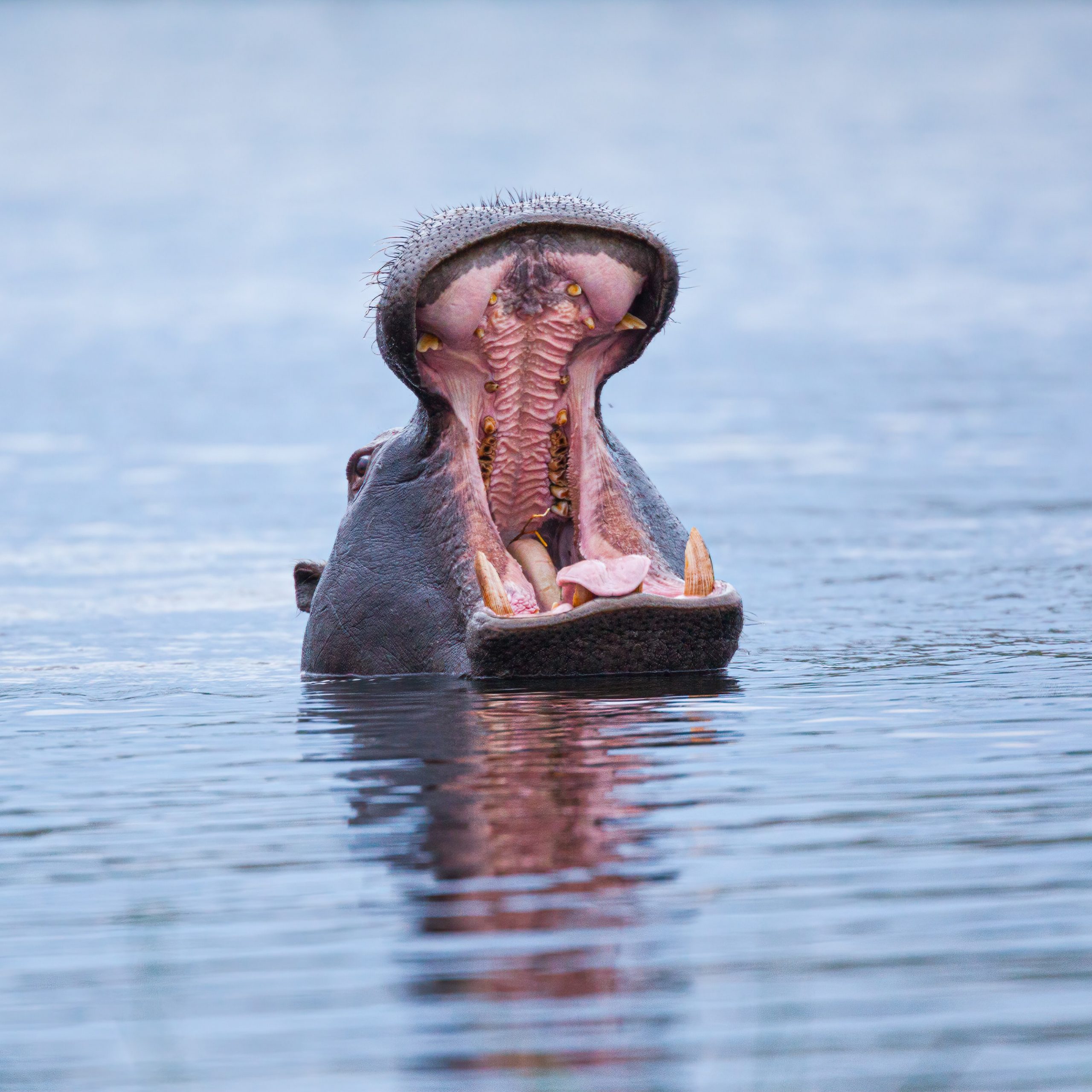
Moremi Reserve
The game reserve offers a wide variety of habitats, including dry savannah and swamps, and is hence, home to a diverse flora and fauna. Buffalo, hippo, kudu, rhino, cheetah, lion or any other representative of African wildlife, they all live here.
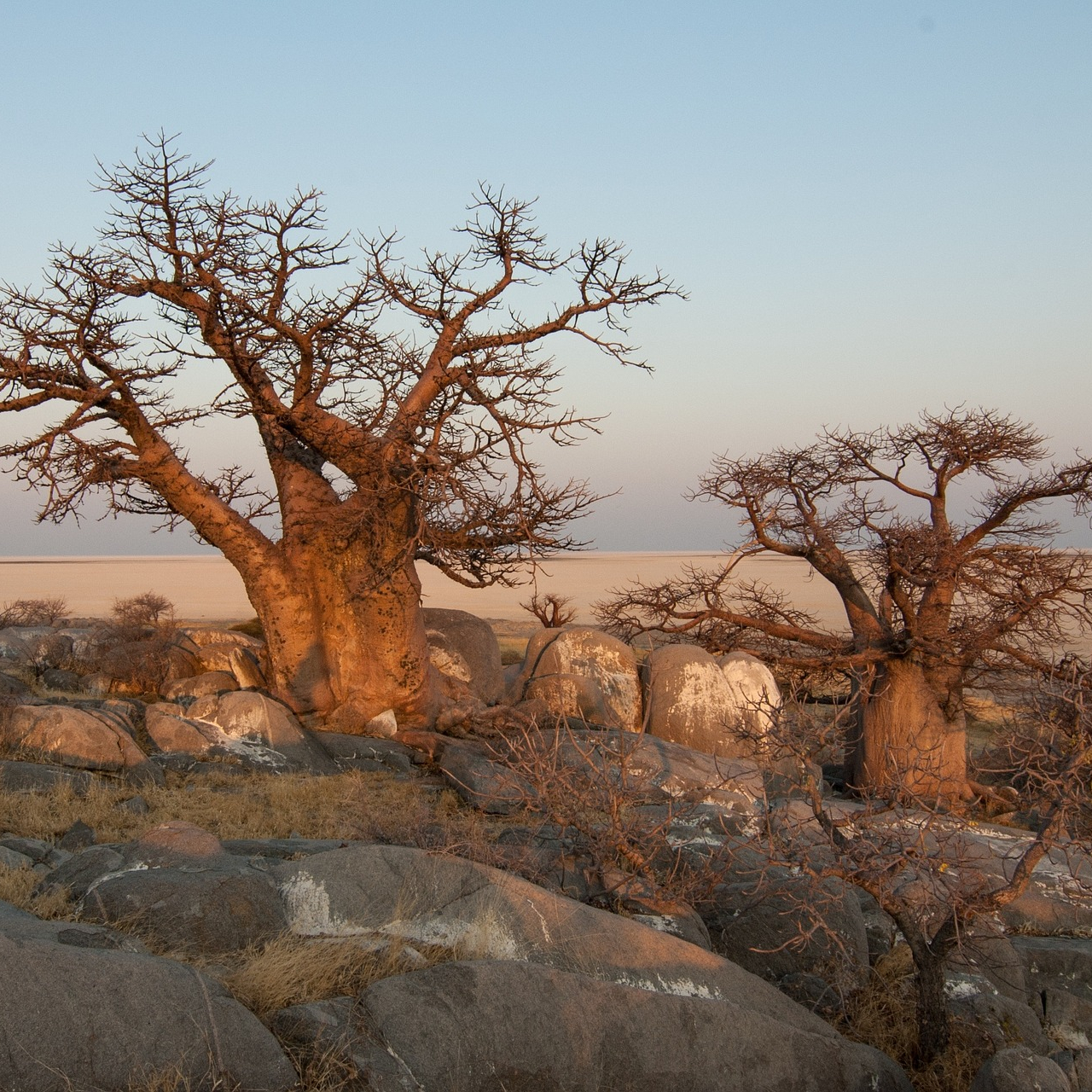
Makgadikgadi Pans
As one of the largest salt pans on earth, the Makgadikgadi pans captivate with rare bird species and antelopes as well as archaeological traces of earliest settlements. From an elevation there is an impressive view over the salt desert.
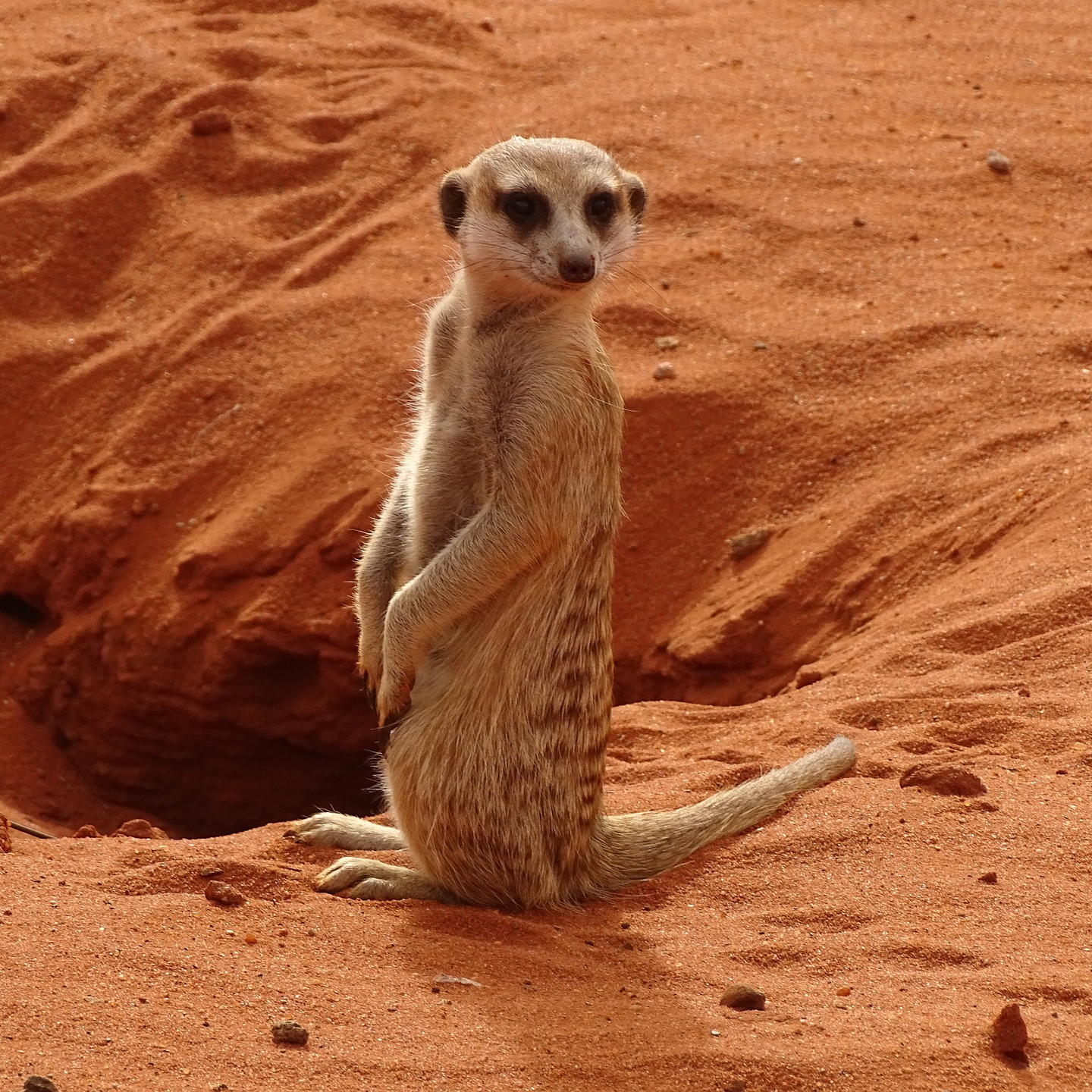
Kalahari
The largest part of the vast semi-desert, which stretches across several countries, is found in Botswana. With the predominantly red sand a real play of colours. Besides endemic animals, one can also meet the San (Bushmen), the original indigenous people. During a visit you get an insight into the traditional way of life of the former nomadic people.
Tourist infrastructure
The road network of Botswana is relatively well developed, all main roads are asphalted and also the side roads are mostly well paved.
Due to the continuous number of tourists in recent years, the country has numerous accommodations, these are mostly small and remotely located, which is also reflected in the prices.
Climate and travel season
Botswana has a semi-arid savannah and semi-desert climate with sometimes fluctuating temperatures. From November to March is the rainy season with mostly short but heavy rains and daytime temperatures between 30°C and 35°C. The relatively long dry season runs from April to October, during which daytime temperatures fluctuate between 25°C and 30°C.
The best time to travel is during the dry season from June to October, although occasional, sometimes heavy rain showers are to be expected throughout the year. During the dry months, the animals are bound to the few water sources due to the lack of water and unique animal observations are thus guaranteed.
Visa and entry
Citizens of Germany, Austria and Switzerland do not need a visa in advance to enter Botswana. Upon arrival, travellers receive an entry permit free of charge, which is limited to a maximum of 90 days per calendar year. The passport must be valid for at least 6 months upon departure and contain at least four free pages for endorsements.
Since the regulations can change at any time, all information are non-binding and without guarantee. Please observe the visa regulations and the current information of the Federal Foreign Office / Federal Ministry European and International Affaires / Federal Department of Foreign Affaires at all times.
Impressions from Botswana
(Click to enlarge)
Stories
International Hotel Chains Are Driving the Hotel Boom in Africa
Frankfurt, 03 April 2024 - The "Big 5" of global hotel chains - Accor, Hilton, IHG, Marriott International and Radisson ...
Internationale Hotelketten treiben den Hotelboom in Afrika voran
ReThinking Africa Initiative setzt sich für Investitionen in Afrikas Tourismuswirtschaft ein Frankfurt, 03. April 2024. Die „Big 5“ der globalen Hotelketten ...
Voice4Africa x ReThinking Africa News March
KLEBER Group x ReThinking Africa News March 2024 Content Foreword Investment in Africa's tourism industry as a driver for sustainable ...
Our partners for Botswana
Visa, Entry, and Updates
Current accessibility
Corona precautionary measures
Status: 19.10.2021


